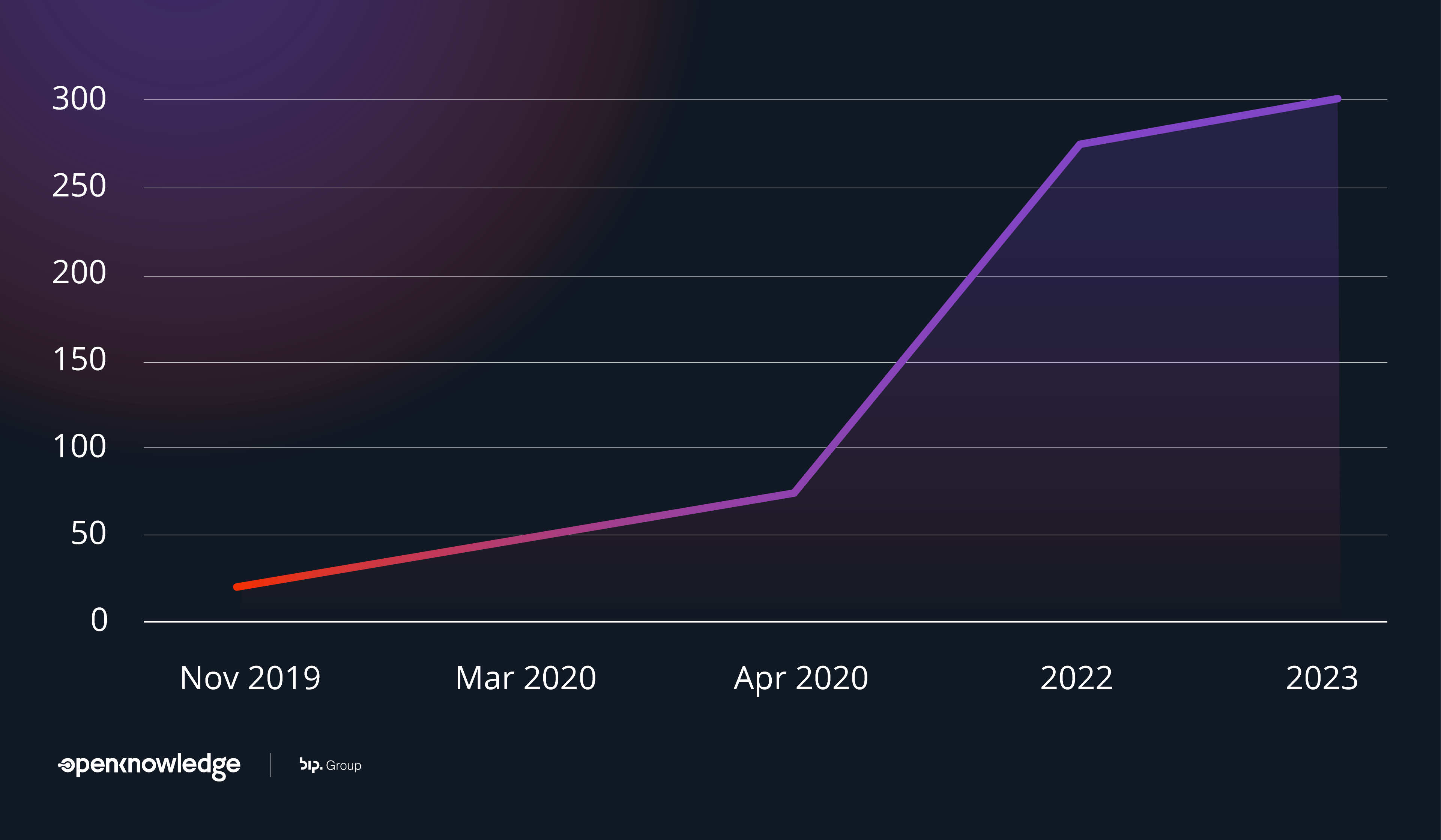Collective Intelligence, Creativity, and Cultural Influences
Why Studying Network Relationships Among Colleagues is Important
In Denys Arcand’s masterpiece “The Barbarian Invasions” (2003), a dying Rémy Girard reflects on the difference between individual and collective intelligence during his last meal with friends. Intelligence migrates from one historical period to another but is always regenerated where great men and women can interact and work together, whether in Ancient Greece, Renaissance Florence or 1920s Paris.
The concept of intelligence generated through exchange and relationships is not new in social and organizational theories. Key studies include Alex Pentland‘s seminal work “Social Physics,” which laid the groundwork for understanding the physical functioning of human relationships, Rob Cross’s studies on organizational relationships focusing on collaboration and communication among colleagues, and Michael Arena’s recent analyses on the dynamics of cultural influence within companies. In each case, the matrix is the same: human relationships give value to individuals, not the other way around.
This study of relationships is called Network Analysis, specifically Organizational Network Analysis (ONA). In the field of organizational studies, generally under the discipline of People Analytics, ONA has become an organizational analysis method using networks, with data collected through surveys (e.g., Who do you collaborate with? Who do you communicate with? Whom do you turn to when you need to solve a problem?).
However, new opportunities have arisen today. Since the pandemic of 2020, the shift to remote work and the pervasive adoption of digital tools for synchronous (call meetings) and asynchronous (document and process management) work has moved work from physical spaces (does anyone still remember meeting rooms with whiteboards and markers?) to virtual ones. For example, consider the adoption of Teams (O365 Microsoft) in companies: in 2020 alone, users more than doubled from 20 million in March to 44 million, then to 75 million in April, continuing to grow to 270 million in 2022 and 300 million in 2023 (the exponential growth is illustrated in the graph below).

What does this mean? Primarily, data. Specifically, passive data: digital footprints left by our daily activities on work platforms (who I talk to, who I write to, who sends me emails, how many people work on a document, and who, from which office, with what role and company seniority…). The question then becomes: what do we do with this data?
Since 2020, the world of work has been in considerable turmoil. Initially experimenting with remote work, then with various forms of hybrid work, and now returning to offices, has presented new challenges for organizations. With people having learned more efficient cognitive work methods (e.g., easier and more manageable remote meetings, lower coordination costs in performing their tasks), companies have encountered new systemic criticalities: increasingly concentrated work relationships (essentially a bell jar effect), distancing of company teams, and decreased probability of casual encounters that spark innovation and confrontation (serendipity by design). Offices need to be rethought and re-rationalized with mobile workstations, redesigned spaces, and new habits (and needs) for workers.
The possibilities for analyzing informal and organizational dynamics within companies multiply in this context. While it remains useful to ask people whom they collaborate with for specific needs (decisions, processes, comparison), passive data allows us to verify how companies change over time, how internal phenomena develop (formation of communities, disbanding of teams, more or less expected departures of relevant colleagues for the smooth flow of information and achievement of company goals…). Data becomes objective, and statistically significant metrics are created to develop predictive models, simulate organizational changes, integrate or suppress areas to verify how habits, processes, and relationships transform, form, or dissolve.
This is where ONA comes in: providing a privileged overview of all existing relationships, more or less hidden, of internal communities, the knots to untangle for the proper flow of information, and reasoning through scenarios (what if?), creating an ideal organizational reflection tool for thinking about change or understanding real internal dynamics.

Photo by Pawel Czerwinski
Author
Alessio Mazzucco

 10 July 2024
10 July 2024
